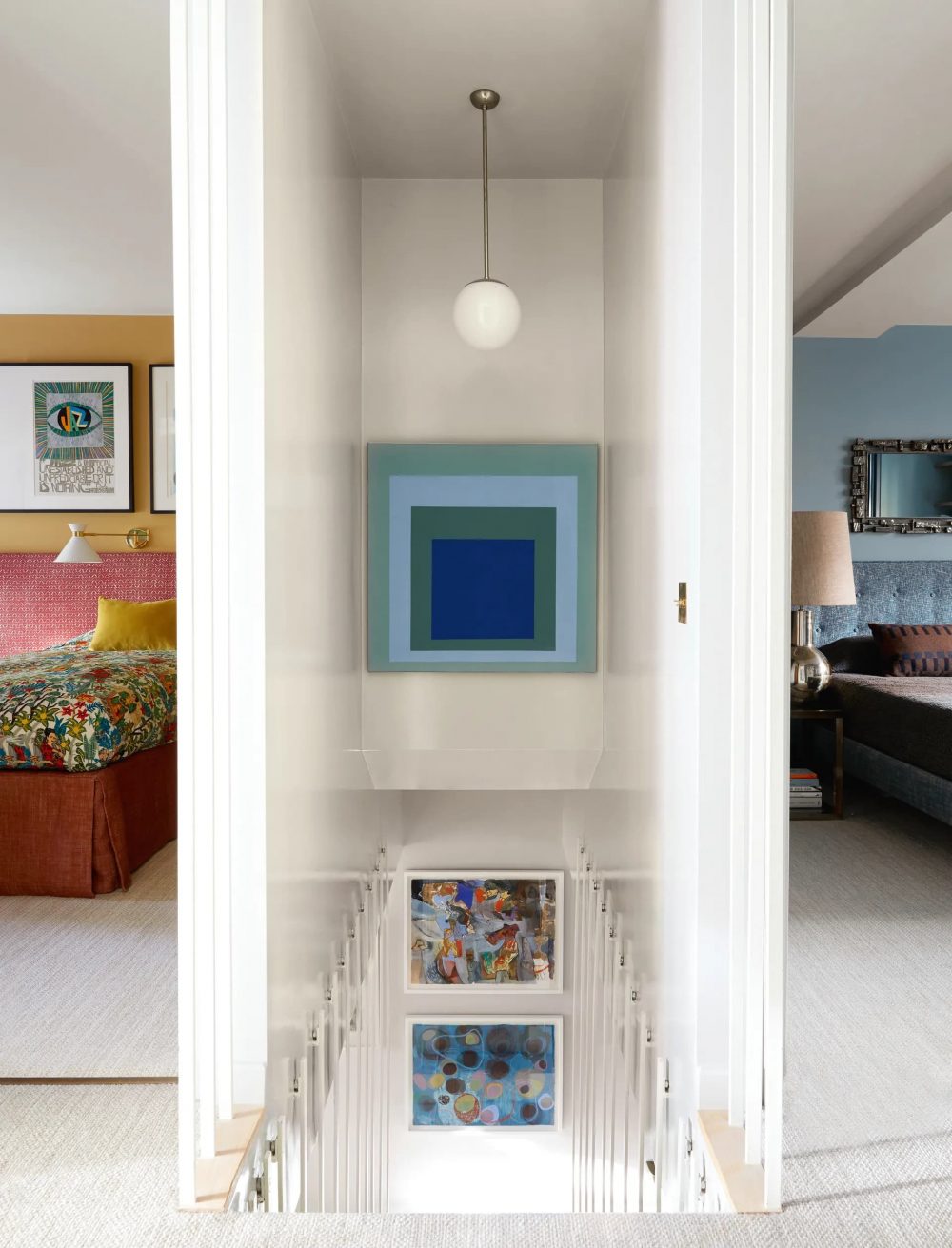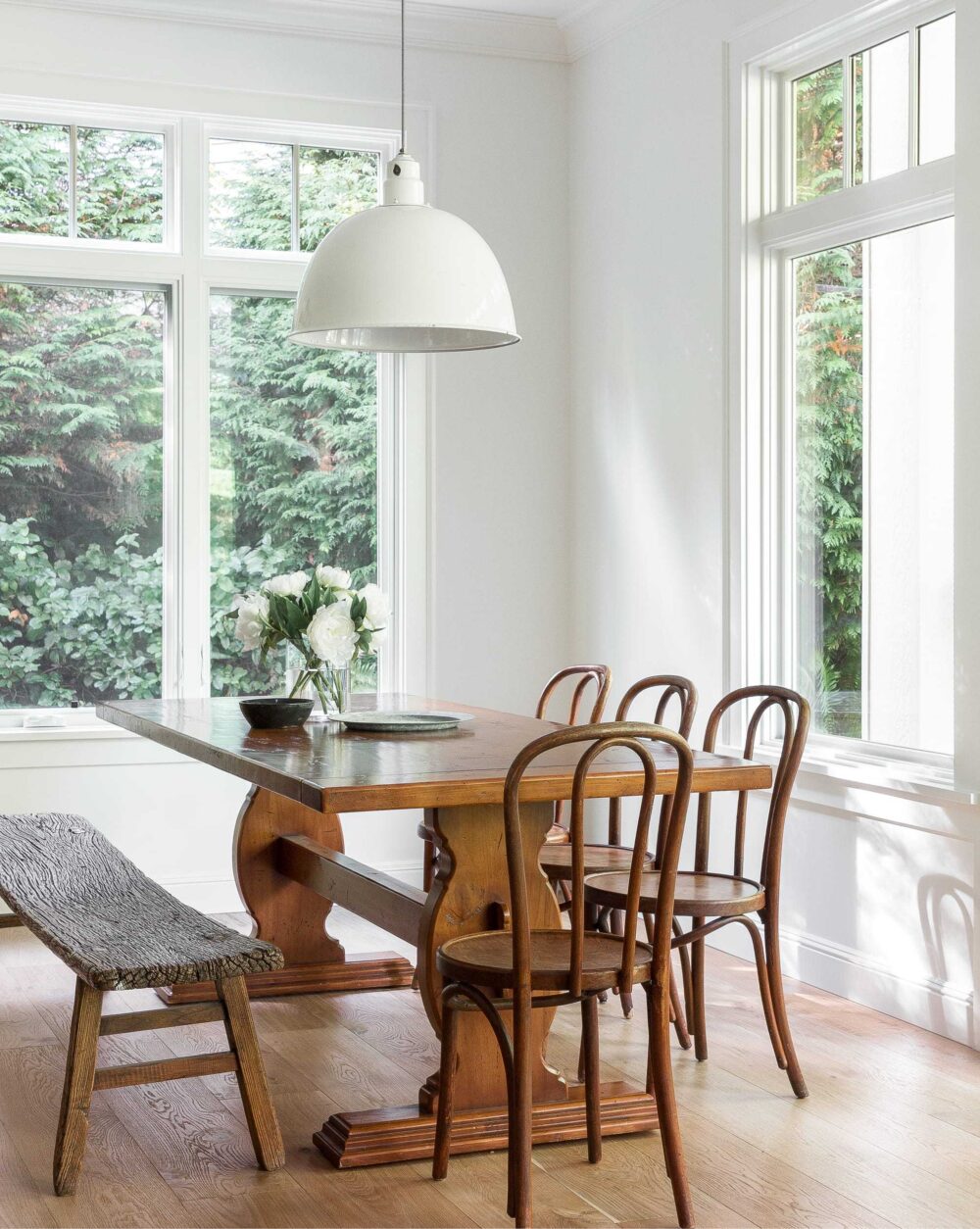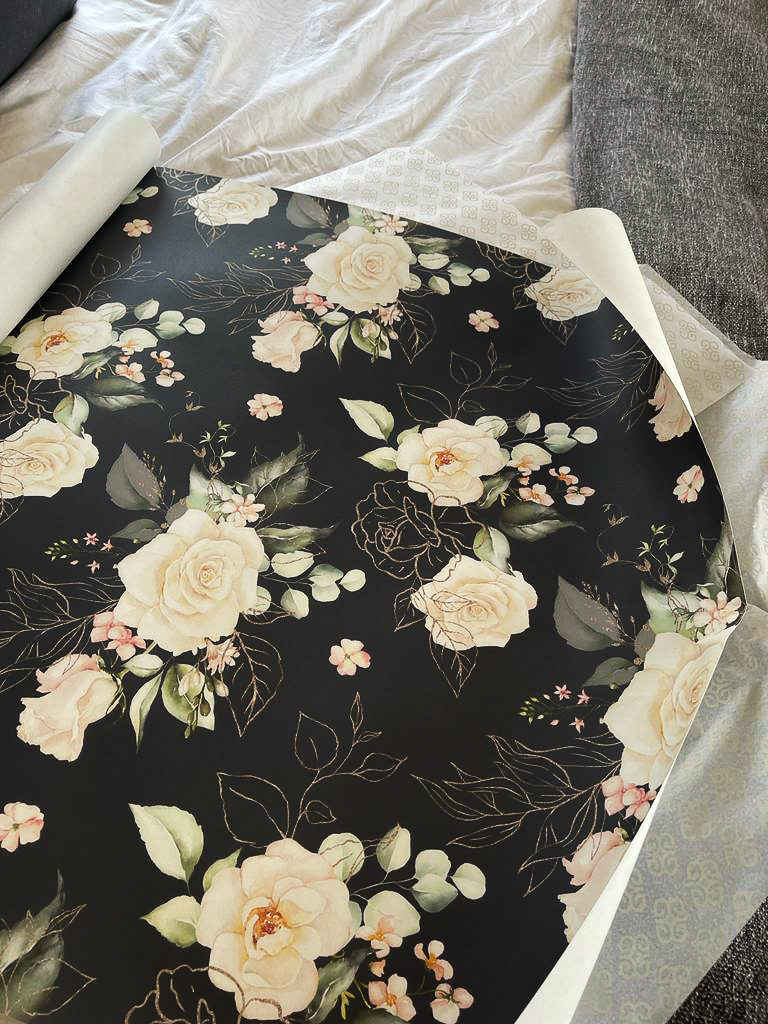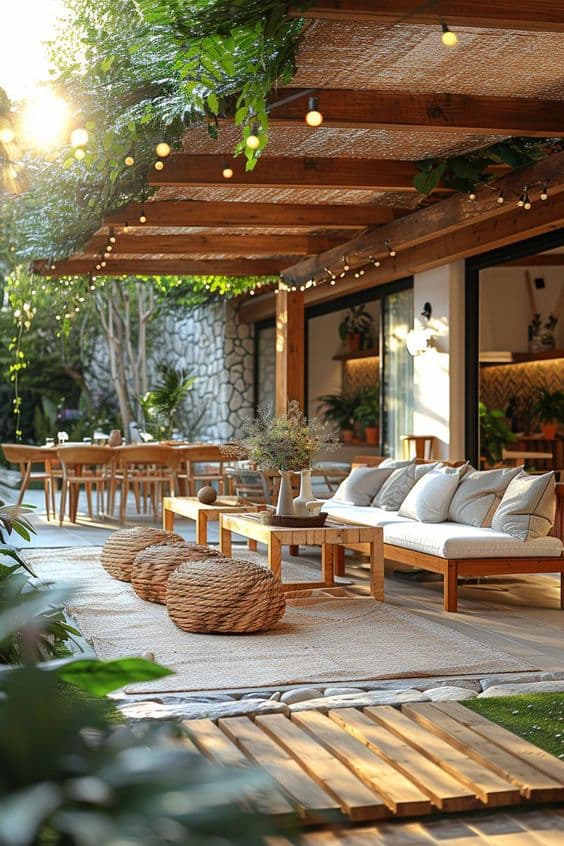5 Ways to Make a Traditional Farmhouse Modern
Mixing interiors styles, old and new, has become increasingly popular and we're here for it.

Last year, an article in the New York Times argued that ‘the golden age of thrifting is over’. At least in the fashion world, you have to get through a lot of stuff before finding anything you particularly like or made of high-quality material. Yet, much of this depends on where you shop and how much time you’re willing to give to thrifting.
Even outside of thrifting, when you’re looking to invest in a piece, it usually takes some time until you’re sure and happy with your purchase. In some way, we wouldn’t worry about this idea of thrifting slowly being on the decline. Instead, it feels like it’s about to get more interesting with the diversity of items we can choose from—some slightly wild and eclectic, others old-age and vintage.

Thrift stores can be the perfect place to found decor to complete a room.
Typically, if you’re looking for a console table or a TV stand in a regular furniture shop, you can expect to spend a minimum of £400. Then you go thrifting and realise its the secret sauce to saving a fortune. The amount you pay can be reduced drastically in a second-hand shop, and you can expect to knock a zero off the original price tag.
Besides being a great way to save, thrifting is a great alternative to making more sustainable and environmentally-friendly choices at home. By giving pre-loved furniture and interiors a second home, you’re helping to save on materials by reusing perfectly well-kept pieces and saving these items from ending up in the landfill.
According to Suez the UK throw out an amazing 1.6 million tonnes of furniture yearly. In America, it’s more like 12 million tonnes. By buying second-hand, we’d be reducing our carbon footprint. Every item has already been manufactured once but is now being reused. So, with thrifted gems, there are no additional manufacturing costs.

You can often find sets of furnishings in thrift stores that have a story to tell.
For us, shopping in second-hand stores is always exciting. Especially when searching for a particular piece, like a cabinet or a side table. Being able to go from shop to shop, knowing that not only are you going to find this piece for a fraction of the price but also that you’re more than likely going to find something that no one else has.
Having said that, when you’re thrifting, it’s recommended that you be open-minded. Particularly when you’re on the hunt for something specific. You’re looking for a cream-coloured end table, but all you can find is mahogany! In these instances, why not try your hand at a bit of upcycling? It’s fun and gives you a sense of accomplishment. And let’s face it, if all goes wrong, it was a fairly inexpensive piece anyway; you can repaint it or get a professional in.
The thing about shopping for pre-loved pieces is that there are many styles to choose from. You know how we are nook & find love a bit of Mid Century Modern interiors, which second-hand stores and charity shops usually have lots of. Then there’s French Country, Farmhouse and the reviving Post-Modern, which you’ll also find as you scout out the various stores.

Mid century modern pieces are common place in pre-loved stores and auctions.
If you’re looking to find unique pieces for your home, with character and a story to tell while also saving money and reducing waste, thrifting has it all. There are a couple of ways to get started and prepare yourself before heading out:
Thrifting is more than just a smart way to save money, it’s also a sustainable and eco-friendly option for furnishing your home. It allows you to express your personal style and creativity while also contributing to reducing waste and saving resources. So, next time you’re looking to add a new piece to your home, consider heading to your local antique stores, charity shops, and pre-loved markets to see what treasures you can find.
Photo credits: 1-2. House & Garden 3-4. House & Garden

Mixing interiors styles, old and new, has become increasingly popular and we're here for it.

Time for a bedroom refresh. We partnered with the sustainably-made wallpaper brand Bobbi Beck to give the main bedroom a revamp and we were not disappointed!

Transforming your outdoor space can be both enjoyable and rewarding. But with so many styles to choose from, which one feels right for your space?